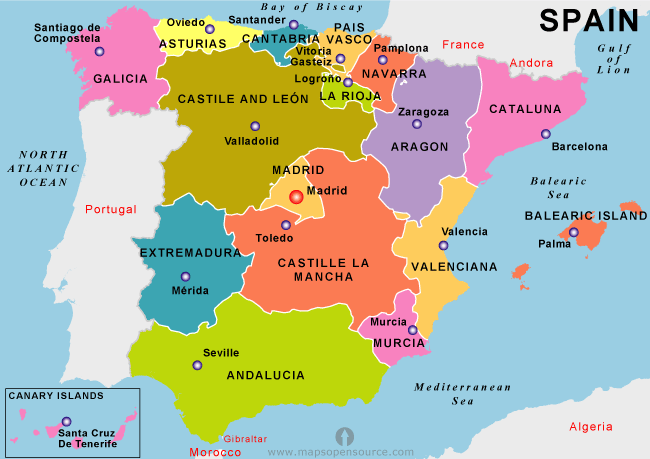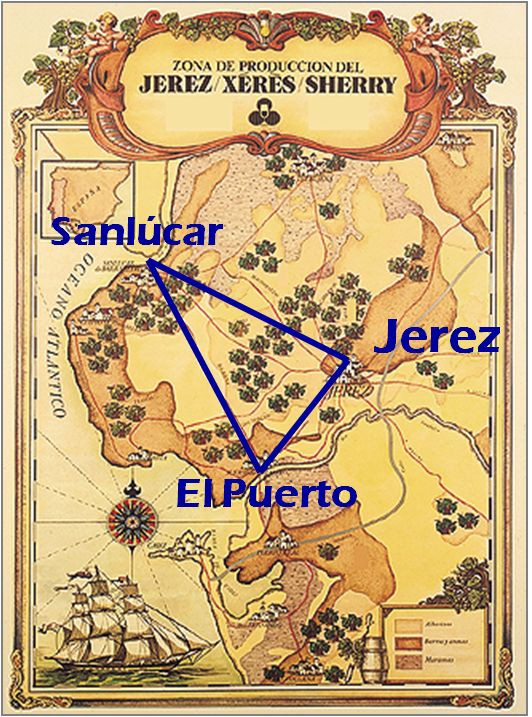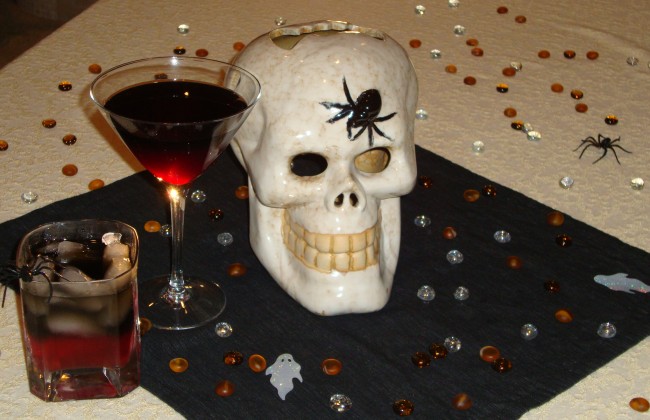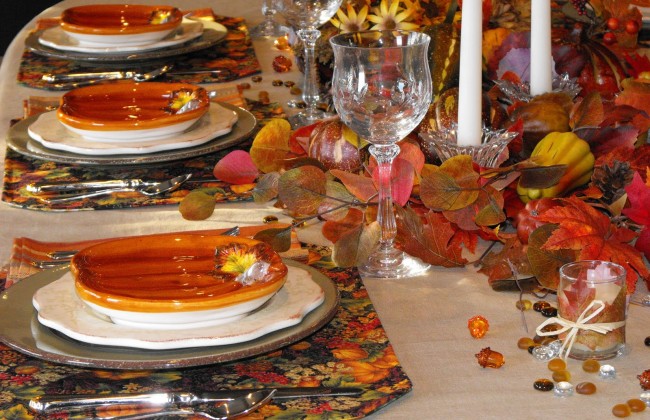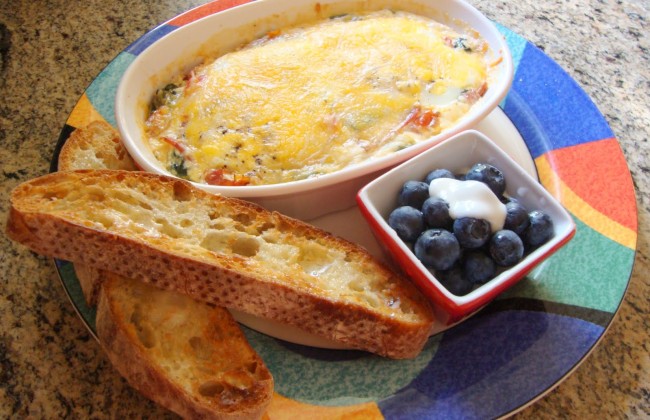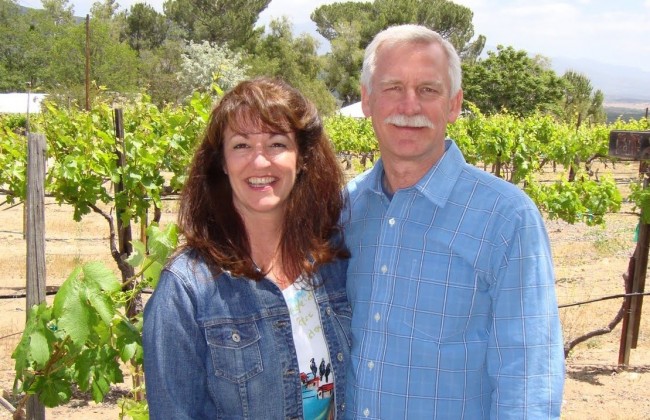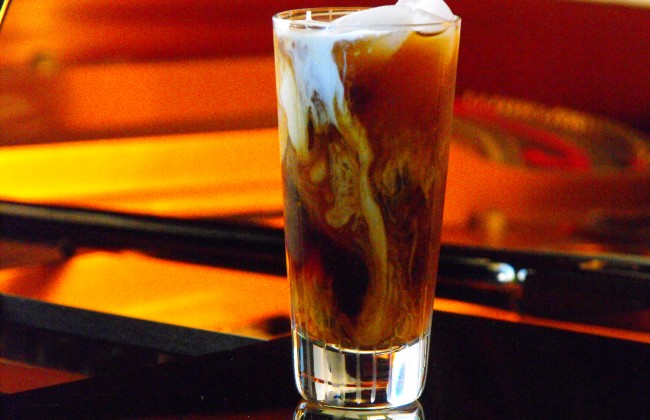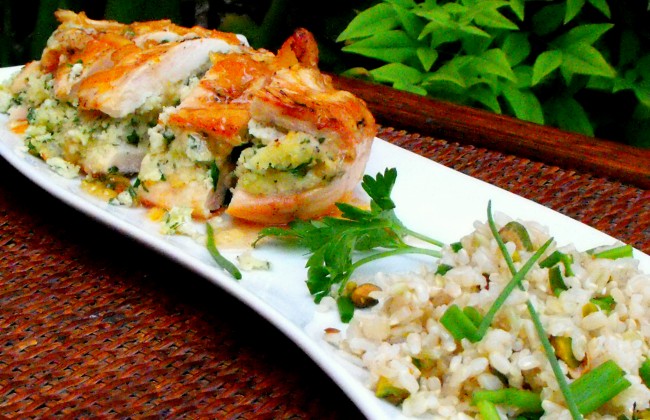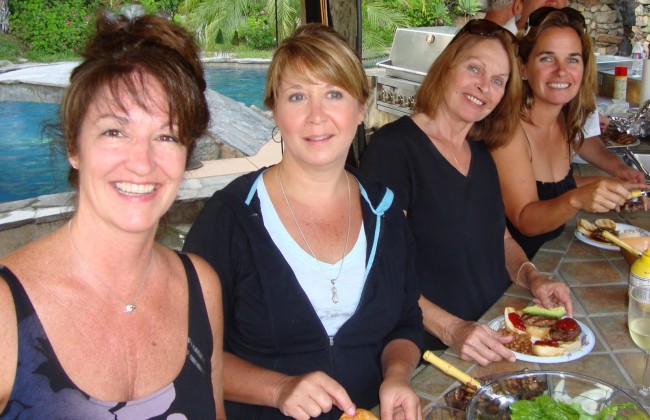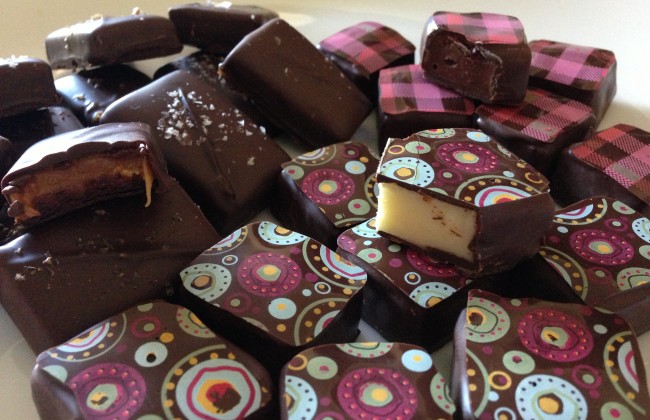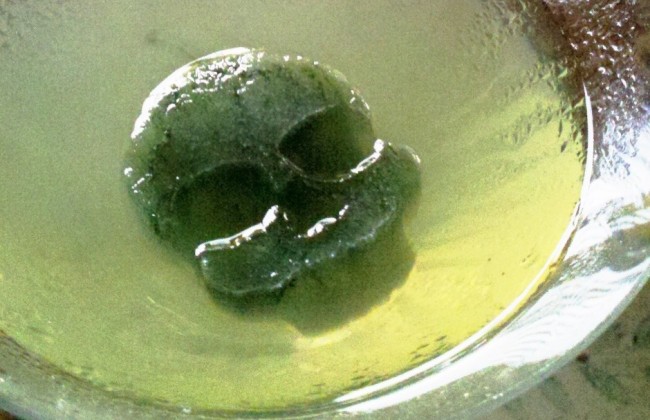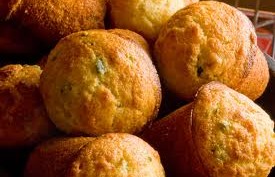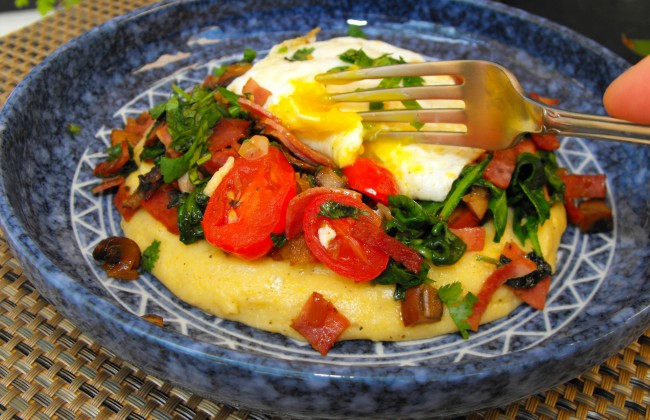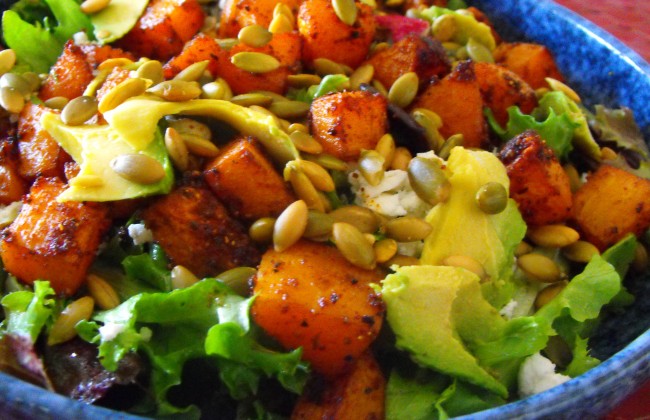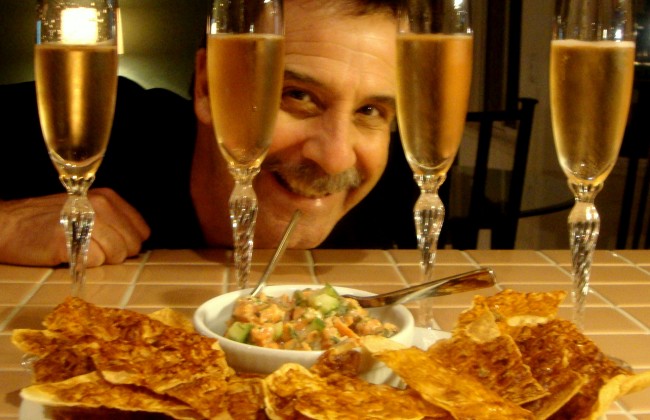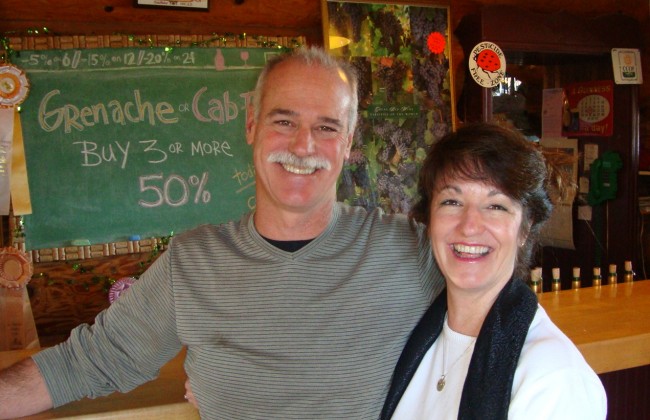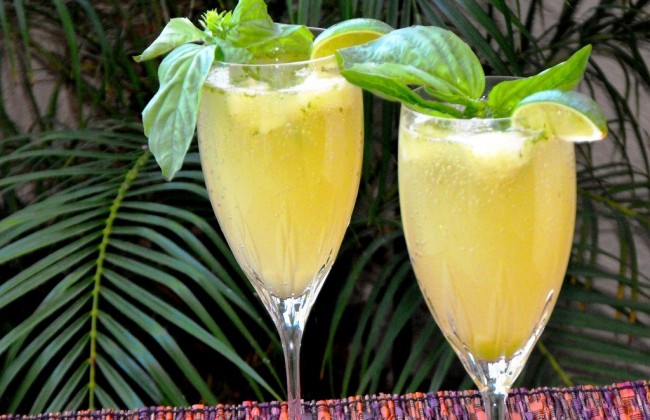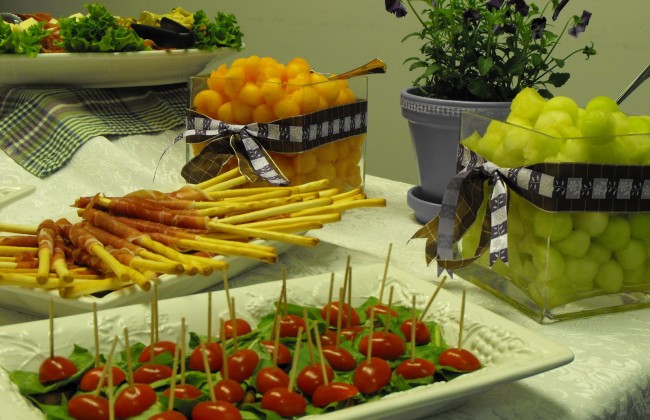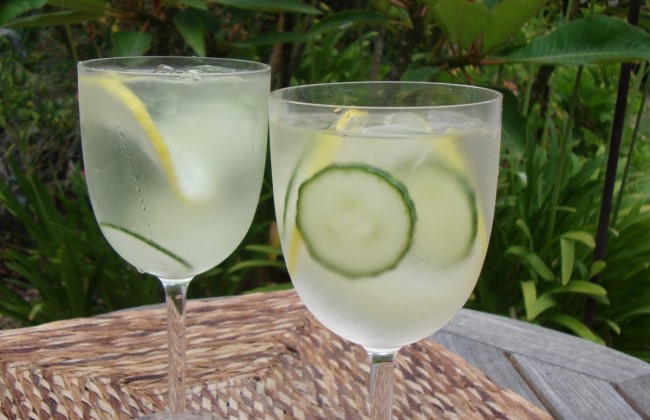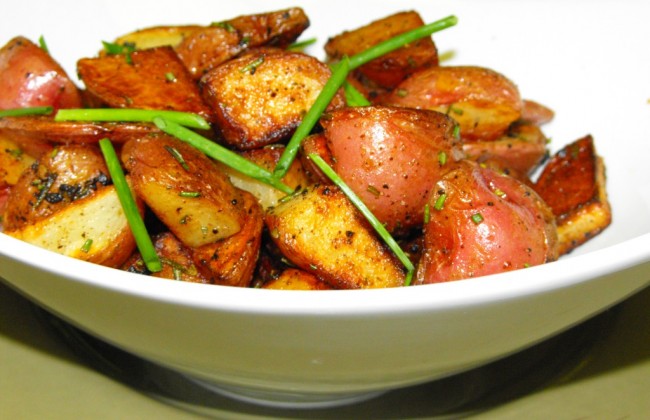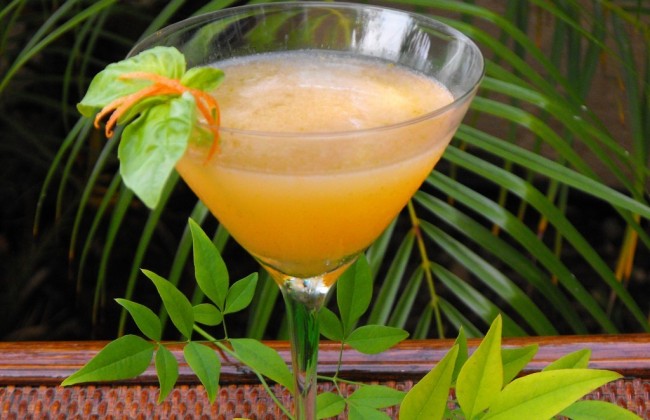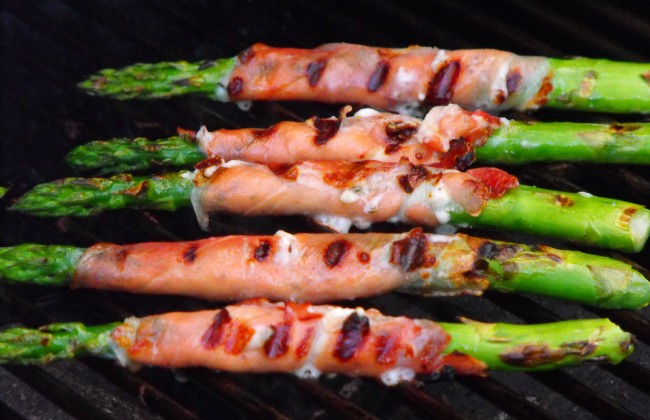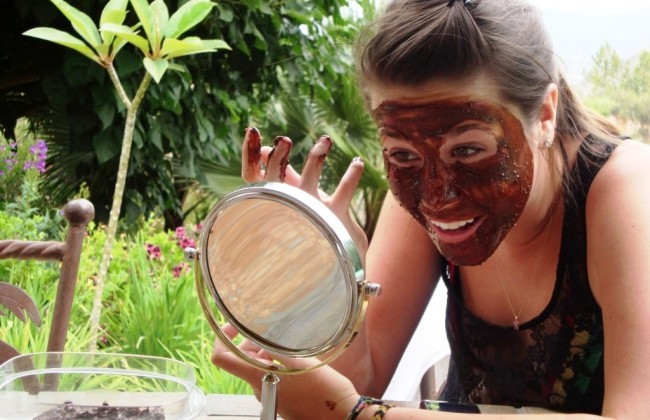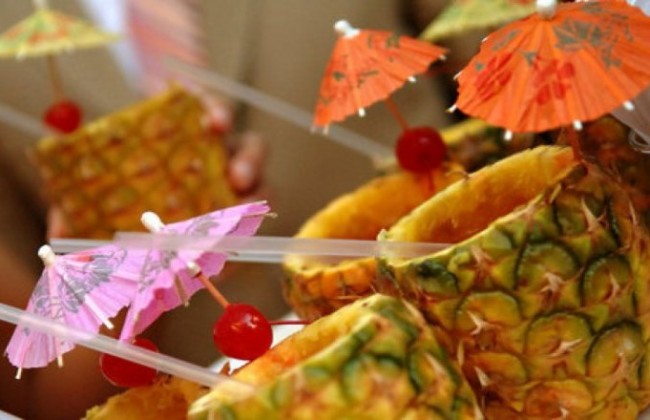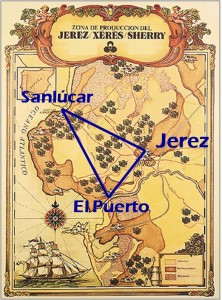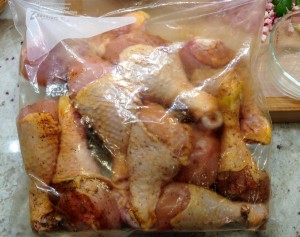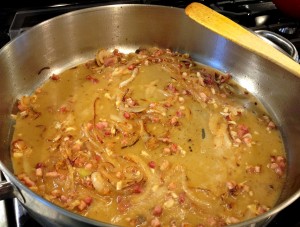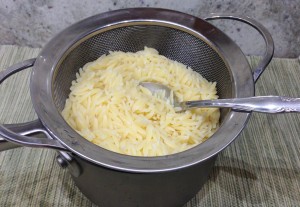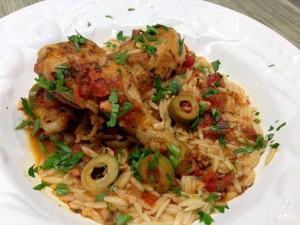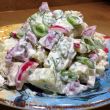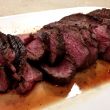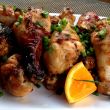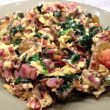The “Rain in Spain” does not fall mainly in the plain as the song goes. It falls mainly in the northern mountains but on our International Cooking Tour we are going to explore not only the northern region but all the regions of Spain and their fine cuisine. Spain is Europe’s third largest nation and occupies most of the Iberian Peninsula. Bordered by France and Portugal along with its land-bridge location between Europe and Africa, Spain has a long history of invasion and settlement by many different groups resulting in a great mixture of peoples and cultures. Not to mention Spanish conquests in the New World which added to the flavors we now associate with Spain. Let’s taste the history of Spain!
The Moors’ occupation of Spain for 750 years greatly influenced culinary development. The Moors introduced the cultivation of rice, spices such as saffron, cumin, and anise, nuts (especially almonds) and fruit such as figs, citrus and bananas. From the Spanish conquests of the New World in the 16th century came eggplant, tomatoes, potatoes, red and green peppers (both hot and sweet) and yes, chocolate!
Spanish mainland can be divided into five distinct regions: Green Spain, The Pyrenees, Central Spain, Mediterranean Spain and Andalusia. Green Spain is located in the north and northwest and includes the regions of Galicia, Asturias, Cantabria and the Basque Provinces. Asturias and Galicia are known for their abundance of seafood and Asturias and Cantabria are cheese and apple country. The much loved dessert, Arroz con Leche, is a rich and creamy rice pudding made from milk of the mountain regions happy cows! The milk not used for bottling is made into some of the best cheese in Spain. Cow, sheep and goat’s milk is used to make a soft creamy cheese known as Cabrales Blue that is wrapped in chestnut leaves and stored in humid caves. Basque cuisine has agricultural, pastoral and fishery influences. Peas, beans, green and red peppers, tomatoes, onions, olives are a few of the stars of Basque cuisine.
The rugged mountain chain of the Pyrenees extends along the Spanish-French border from the Bay of Biscay to the Gulf of Valencia. Throughout this mountainous region trout and other fish are cooked A la Llosa, on a slate slab over hot coals. Beef can also be prepared this way. Dishes made with quail rabbit, partridge, duck and venison are very popular. Vegetables, truffles, and wild mushrooms from the forest are typical of this mountain cuisine.
Central Spain is located on the vast Meseta plateau and includes the provinces of La Rioja, Castile-Leon, Castile-La Mancha (remember the Man of La Mancha?), Extremadura, and the country’s capital, Madrid. Here the food is a blend of Jewish, Muslim, and Christian traditions producing a rustic style of cooking. Cocido, one of Spain’s most notable dishes, begins with a base broth in a cauldron which simmers all day. A variety of meats are added along with bones to create a rich stock (Caldo is a clear stock to which sherry is added). The pot is then filled with chickpeas and aromatics and finally fresh vegetables. The region is well known for its lamb, veal, suckling pig and goat roasts slowly cooked in wood fired ovens too.
The cool Mediterranean climate of Central Spain provides the perfect growing conditions for olives. The olives of this region were first cultivated back in the 12th century. Saffron, the most expensive spice (by weight) in the world, is derived from the dried stigmas of the purple saffron crocus. It takes anywhere from 70,000 to 250,000 flowers to make one pound of saffron! 70% of the worlds Saffron is grown in the high Castilian plateau of La Mancha. The La Vera region of Spain produces a particularly high quality of Smoked Paprika using a technique learned from the Yuste Monks.
Mediterranean Spain includes the regions of Catalonia, Valencia and Murcia. The coastal plains are home to citrus orchards, rice fields, vineyards and olive groves. Catalan cuisine is the oldest, most well known and most traditional of all Spanish cuisine. This is a rice growing region and short grain rice is mass produced around Valencia as a result of the sophisticated irrigation systems introduced by the Moors. It was the poor peasant people of the Valencian region who first prepared Paella, Spain’s most famous dish.
The region of Valencia produces a wide variety of oranges (Valencia orange being the most well known), mandarin oranges and lemons. Valencia is also the birthplace of the drink Horchata, made form something called Chufa, which translates as “Tiger Nut”. Ready for a shocker! Tiger Nuts are NOT nuts at all! They are tubers and they grow in the ground, much like a potato and are highly nutritious!
Andalusia, in the southern part of Spain, is the country’s largest province and home to the “Sherry Triangle”. Sherry differs from other wines by how it is treated after fermentation. When fermentation is complete, sherry is fortified with brandy, similar to Port. According to Spanish law, Sherry must come from the triangular area of the province of Cadiz, between Jerez, Sanlucar de Barrameda and El Puerto de Santa Maria. True Sherry Vinegar can only be made from the wines produced in the “Sherry Triangle” and it must be aged in one of these sherry towns. Sherry is a serious business!
Andalusia is the world’s largest producer of olive oil and its flavor is the foundation of the region’s cooking. Did you know black and green olives are grown on the same tree? Green olives are simply unripe olives and are pickled in October. The remaining olives are allowed to ripen and turn black in time to pickle in January or February. In Spain, black olives are hardly ever eaten. Instead they are used mostly for making olive oil. Green olives are harvested for eating as Tapas or for use as cooking ingredients.
Andalusia’s most famous contribution to the gastronomic world is said to be Gazpacho. Traditionally Gazpacho was known as a peasant food consisting of bread, olive oil and crushed garlic. None of those forerunners of Gazpacho contained tomatoes as tomatoes were unknown in Spain until after the discovery of the New World. Interesting stuff!
Spain is the world leader in the production of air-dried hams and Andalusia is famous for cured hams fed partially, if not entirely, on acorns. Ironically, a significant amount of Spanish hams are exported each year, mainly to Germany, and we know that Germany produces Westphalian Hams which are from acorn fed piggies too!
So how does one decide what to eat after hearing all of this? I would have thrown a dart at a map to help with the decision but I was saved by a couple of my friends, Kathy and Sandy, who’ve been requesting a recipe of mine from way back. Basque Style Chicken….Now if I can only remember how I used to make it!
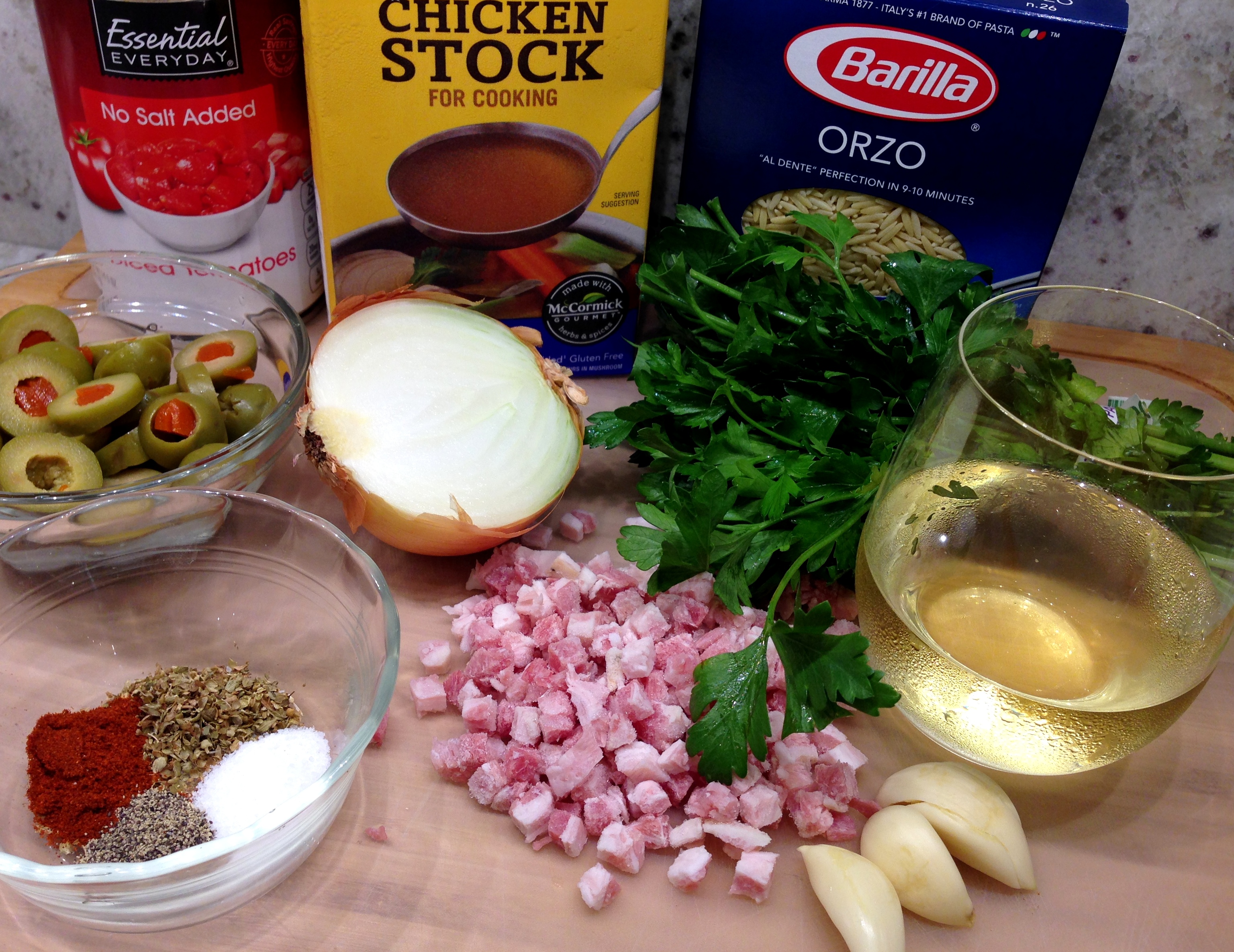
All the flavors that make this Basque style!
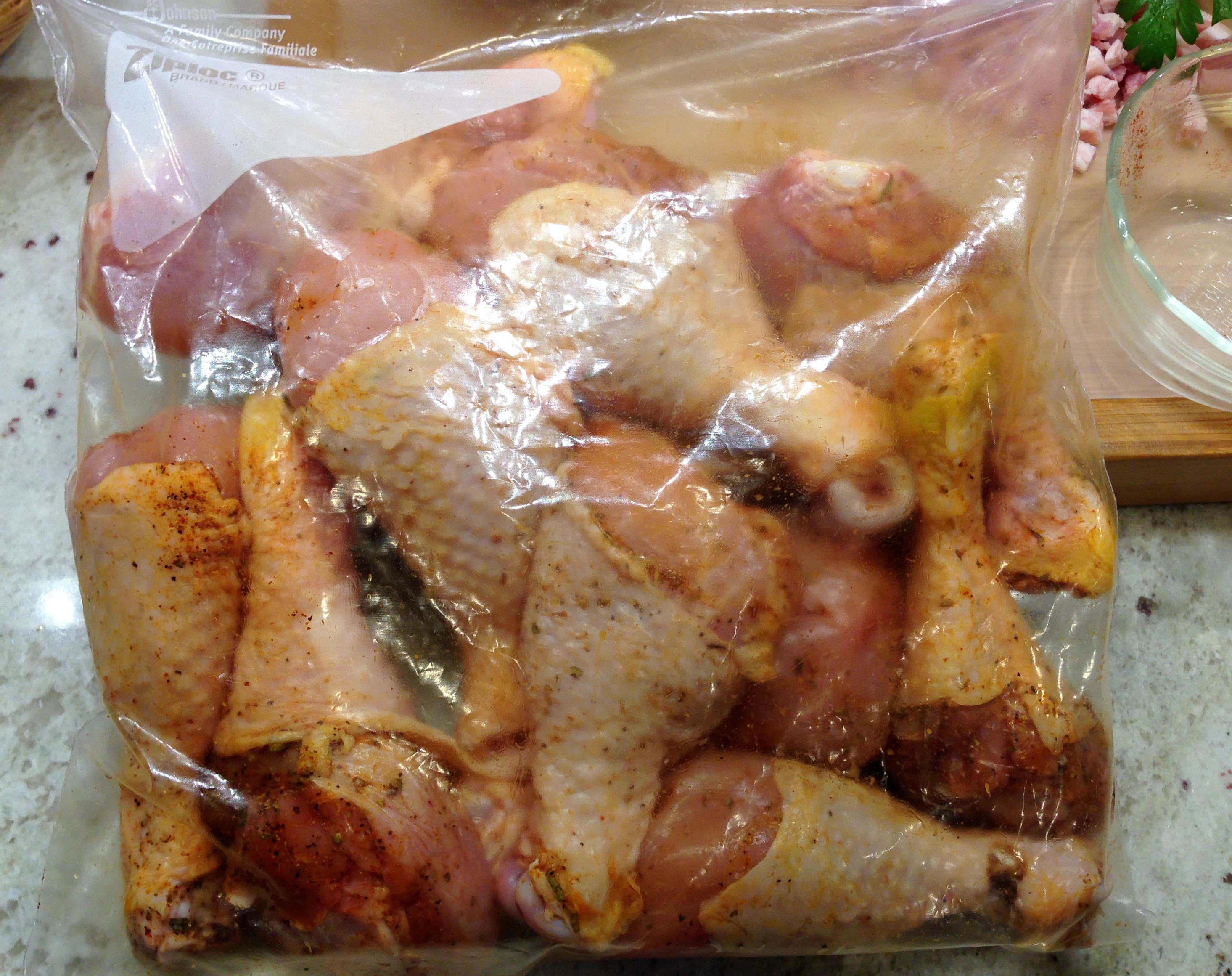
Combine smoked paprika, thyme, salt and pepper. Toss with chicken in a plastic bag to coat.
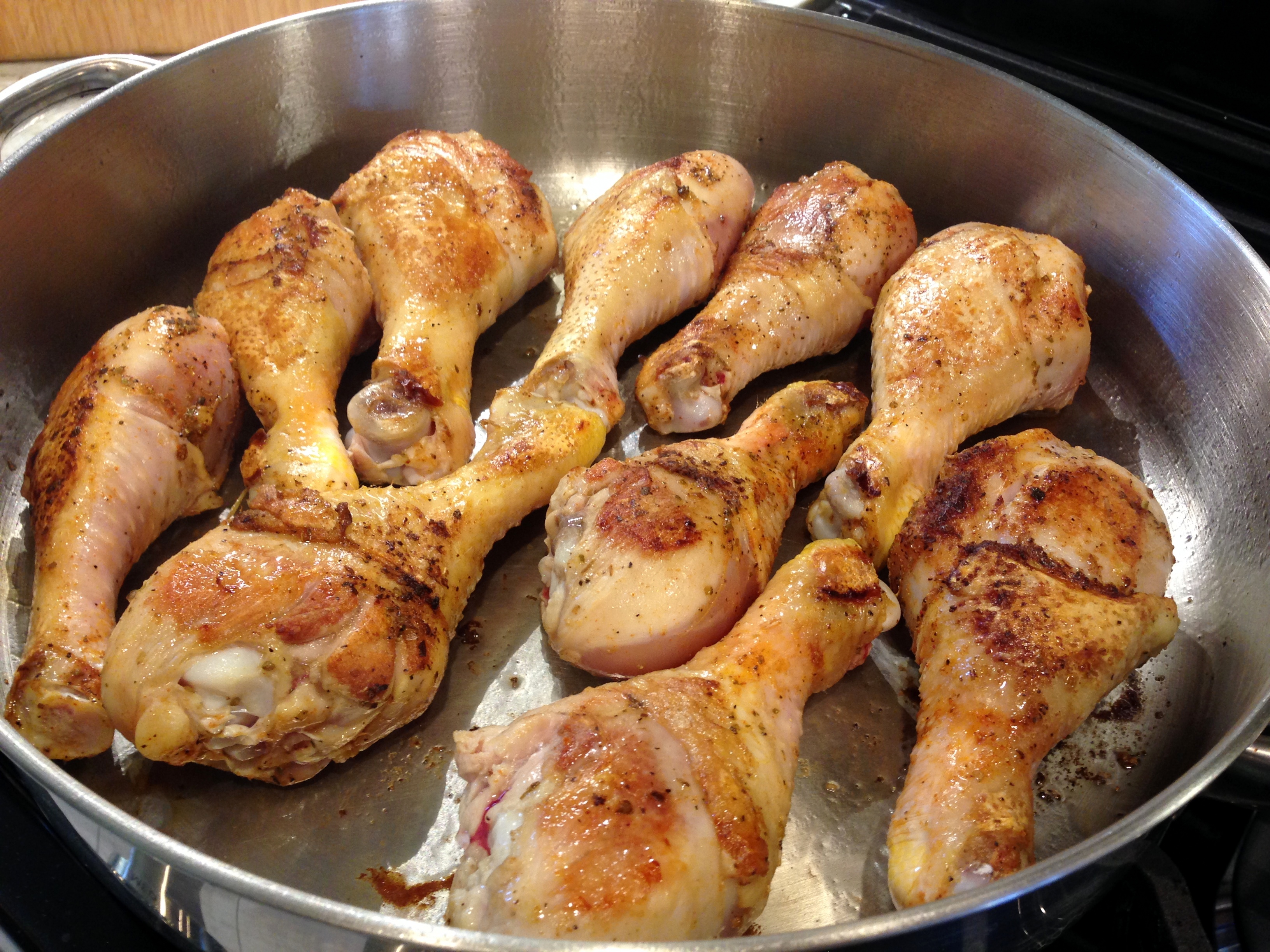
In a large skillet, heat the olive oil over medium-high heat until hot. Add chicken to pan and cook until browned on all sides. Remove chicken from pan and keep warm. It won’t be cooked through but it will finish cooking in the sauce.

Add onions to the pan and cook until translucent. Add the pancetta and brown while continuing to cook the onions. Add the garlic to pan and cook 30 seconds.
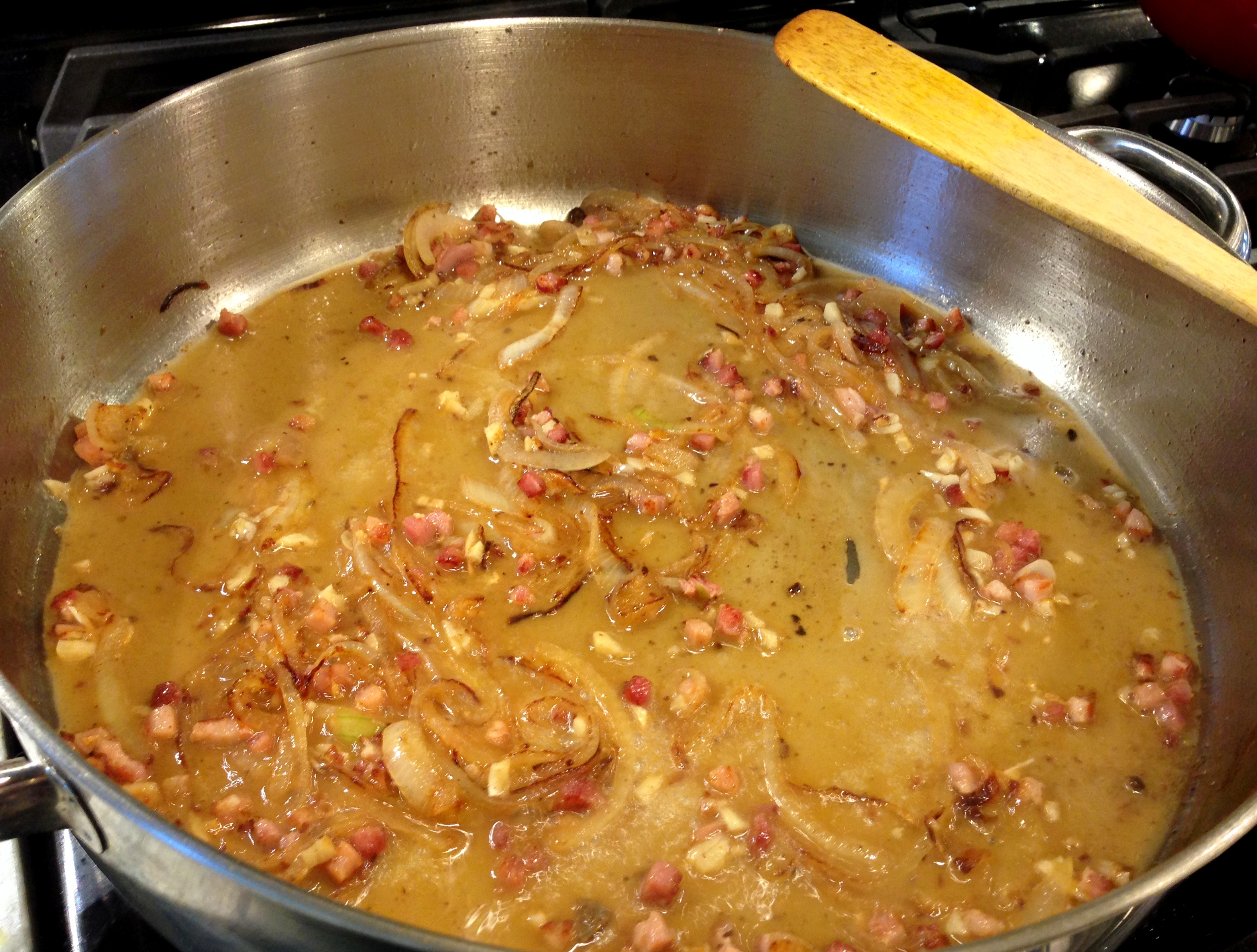
Pour the white wine into the pan and scrape up the browned bits on the bottom of the pan.
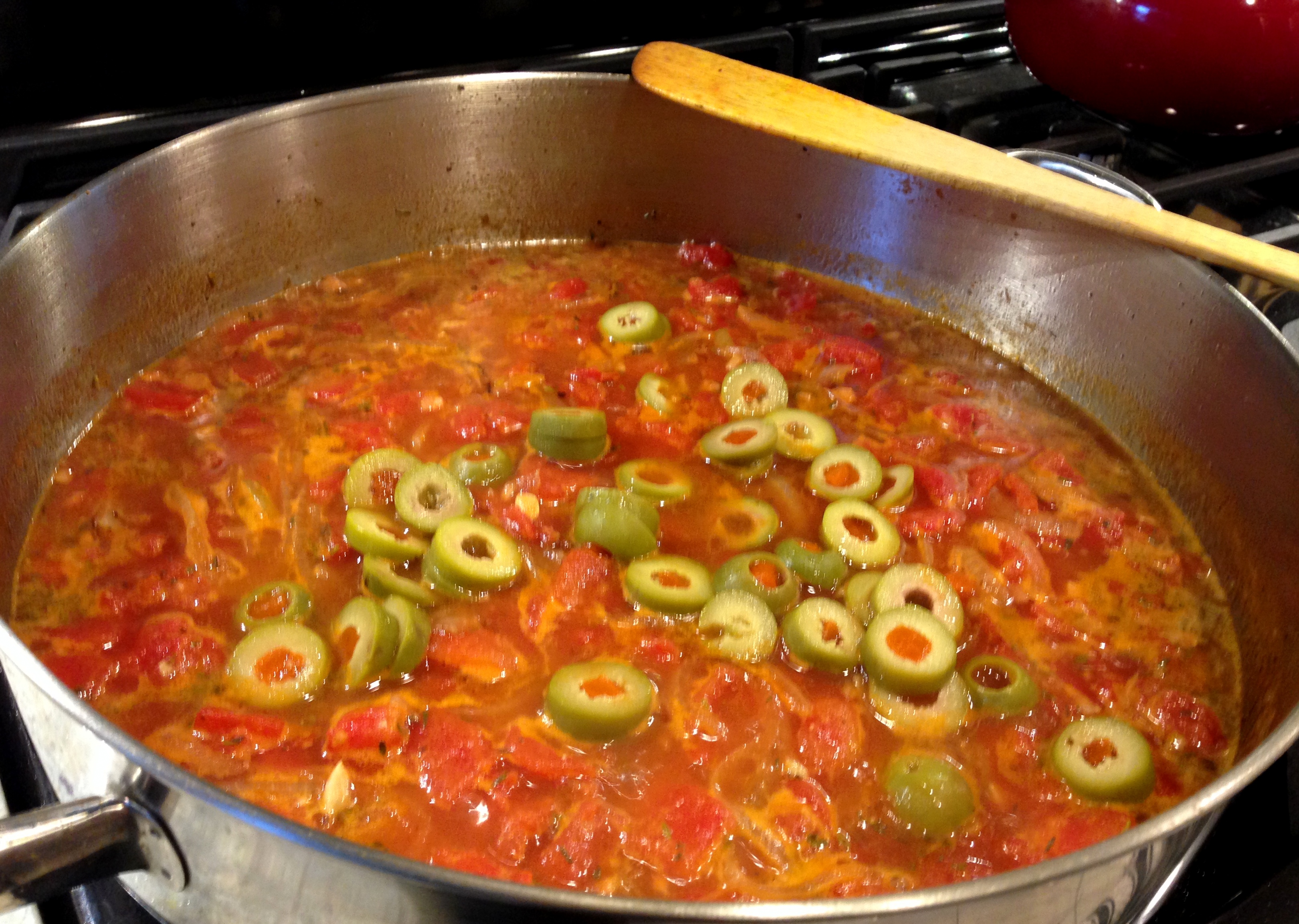
Add the chicken broth, olives and tomatoes to pan and bring to a boil. Take a taste and see if you need to adjust the seasoning. A little more salt? This is always a great excuse to taste what you have been smelling!
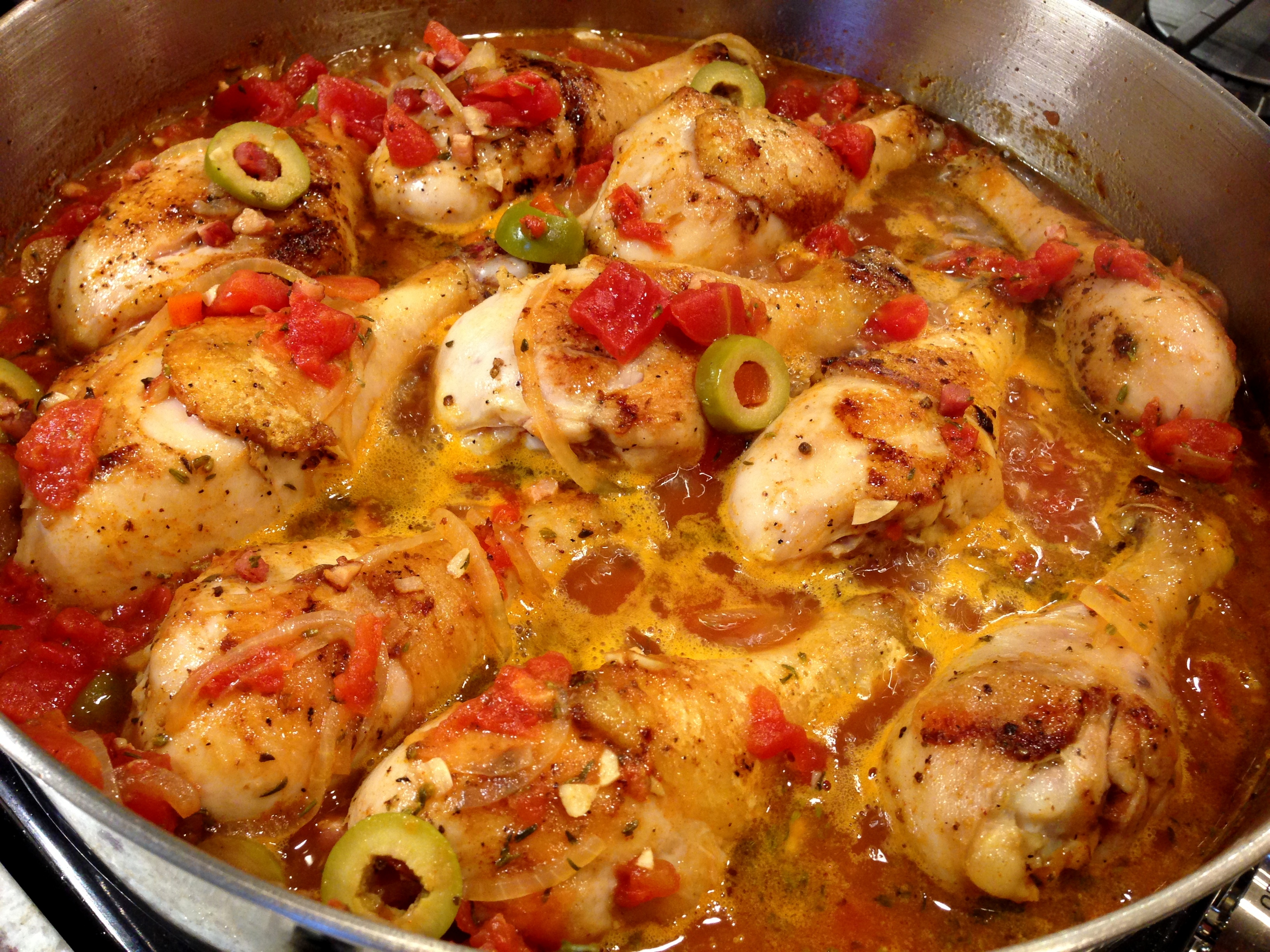
Reduce heat; add the chicken back to the pan, spooning the sauce over it, cover and simmer 20 minutes or until chicken is done and slightly falling off the bone.

Make the Orzo according to the package; about 3/4 cup per person. Drain the Orzo completely before placing in the bowls.
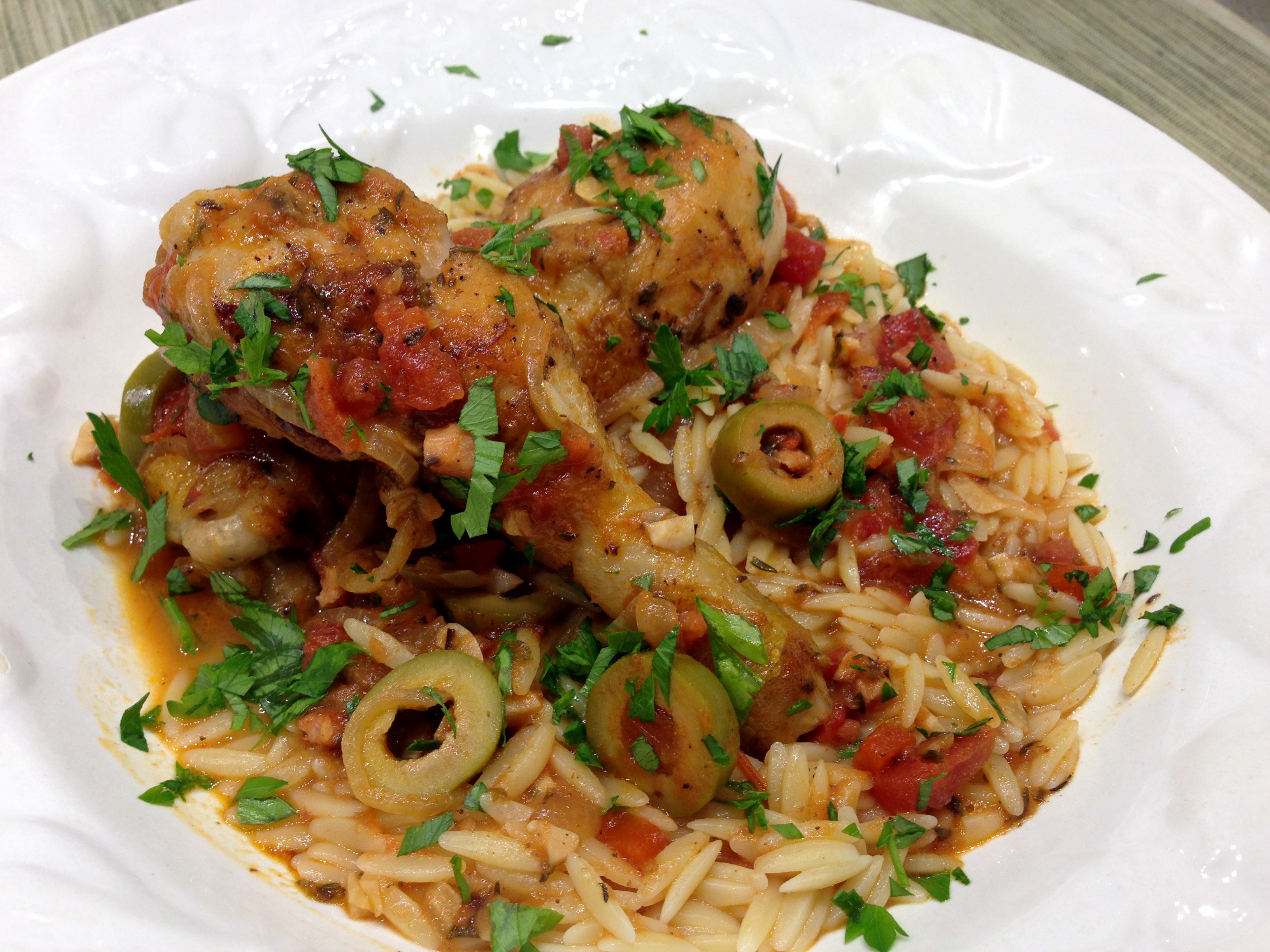
Place a mound of orzo in the bottom of each bowl. Spoon the sauce over the orzo, place 2 drumsticks with bone ends crossing, pour a little more sauce to moisten the drumsticks. Sprinkle with parsley and serve immediately.
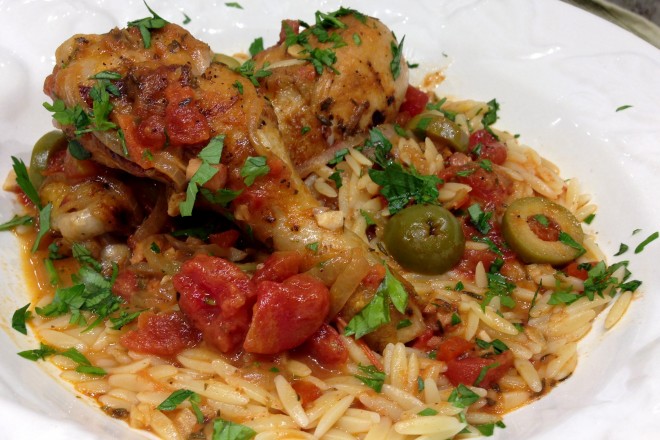

- 1 teaspoon smoked paprika
- 1/2 teaspoon thyme
- 1 teaspoon salt
- 1/4 teaspoon black pepper
- 12 chicken drumsticks, washed and trimmed
- 2 tablespoons olive oil
- 3 garlic cloves, minced
- 1/2 small onion, vertically sliced
- 2 ounces pancetta, diced
- 1 cup dry white wine, such as Pinot Grigio
- 2 cups chicken broth
- 1/3 cup Spanish Queen Green, Kalamata or Nicoise olives, pitted and large sliced
- 1 (14.5-ounce) can diced tomatoes, undrained
- 2 tablespoons chopped fresh parsley
- Orzo
- Combine smoked paprika, thyme, salt and pepper. Toss with chicken in a plastic bag to coat.
- In a large skillet, heat the olive oil over medium-high heat until hot. Add chicken to pan and cook until browned on all sides. Remove chicken from pan and keep warm. It won’t be cooked through but it will finish cooking in the sauce.
- Add onions to the pan and cook until translucent.
- Add the pancetta and brown while continuing to cook the onions. Add the garlic to pan and cook 30 seconds.
- Pour the white wine into the pan and scrape up the browned bits on the bottom of the pan. Add the chicken broth, olives and tomatoes to pan and bring to a boil. Check to see if you need to adjust seasonings now.
- Reduce heat; add the chicken back to the pan, spooning the sauce over it, cover and simmer 20 minutes or until chicken is done and slightly falling off the bone.
- Make the Orzo according to the package; about 3/4 cup per person. Drain Orzo completely before adding to the serving bowl.
- Place a mound of orzo in the bottom of each bowl. Spoon the sauce over the orzo, place 2 drumsticks with bone end crossing, pour a little more sauce to moisten the drumsticks. Sprinkle with parsley and serve immediately.
